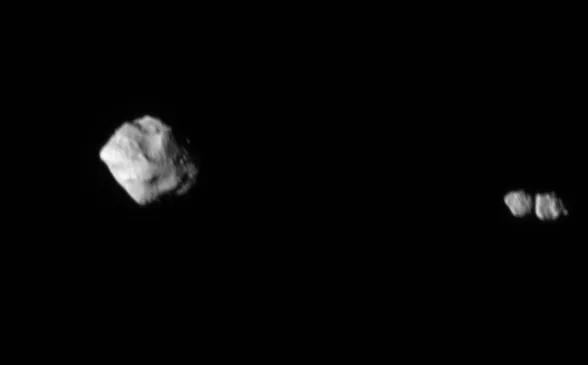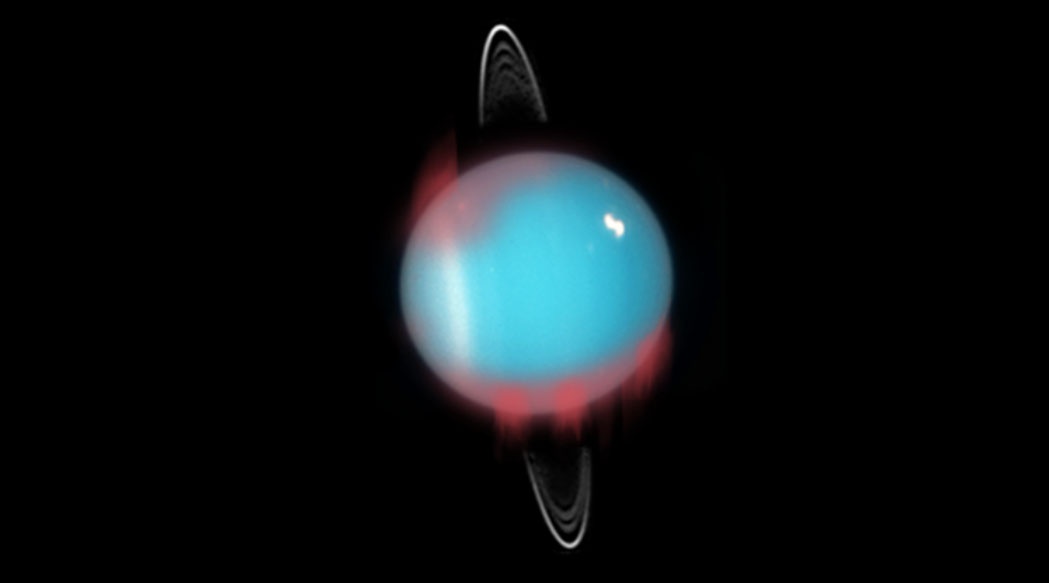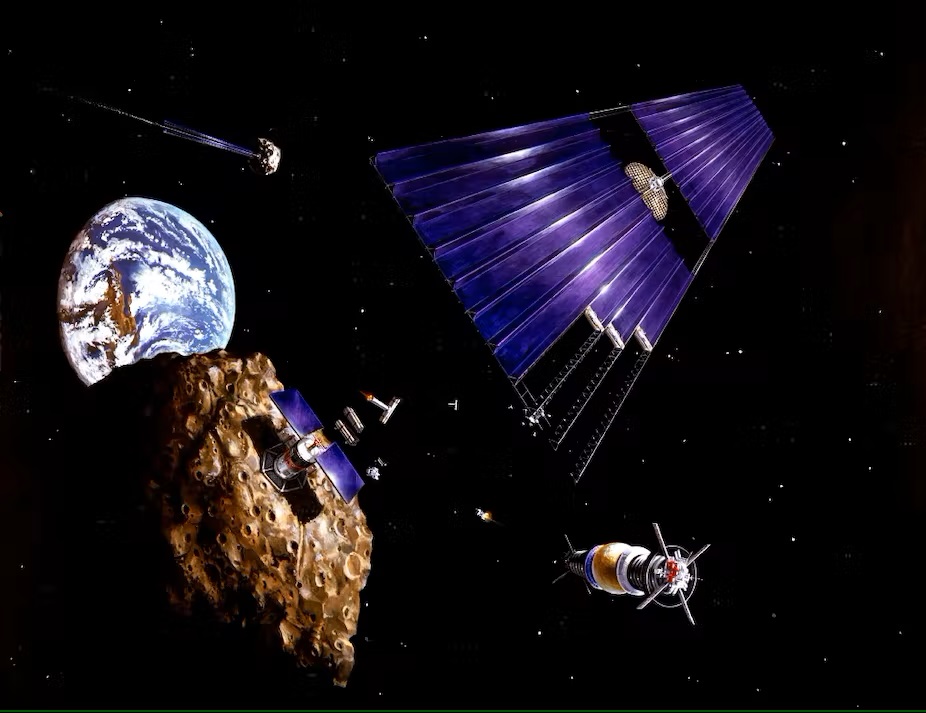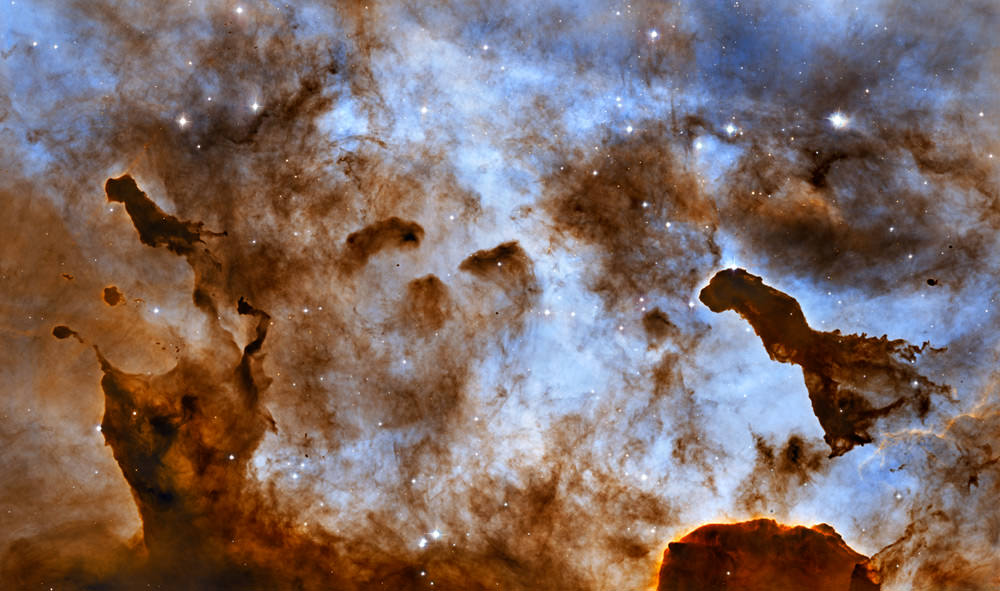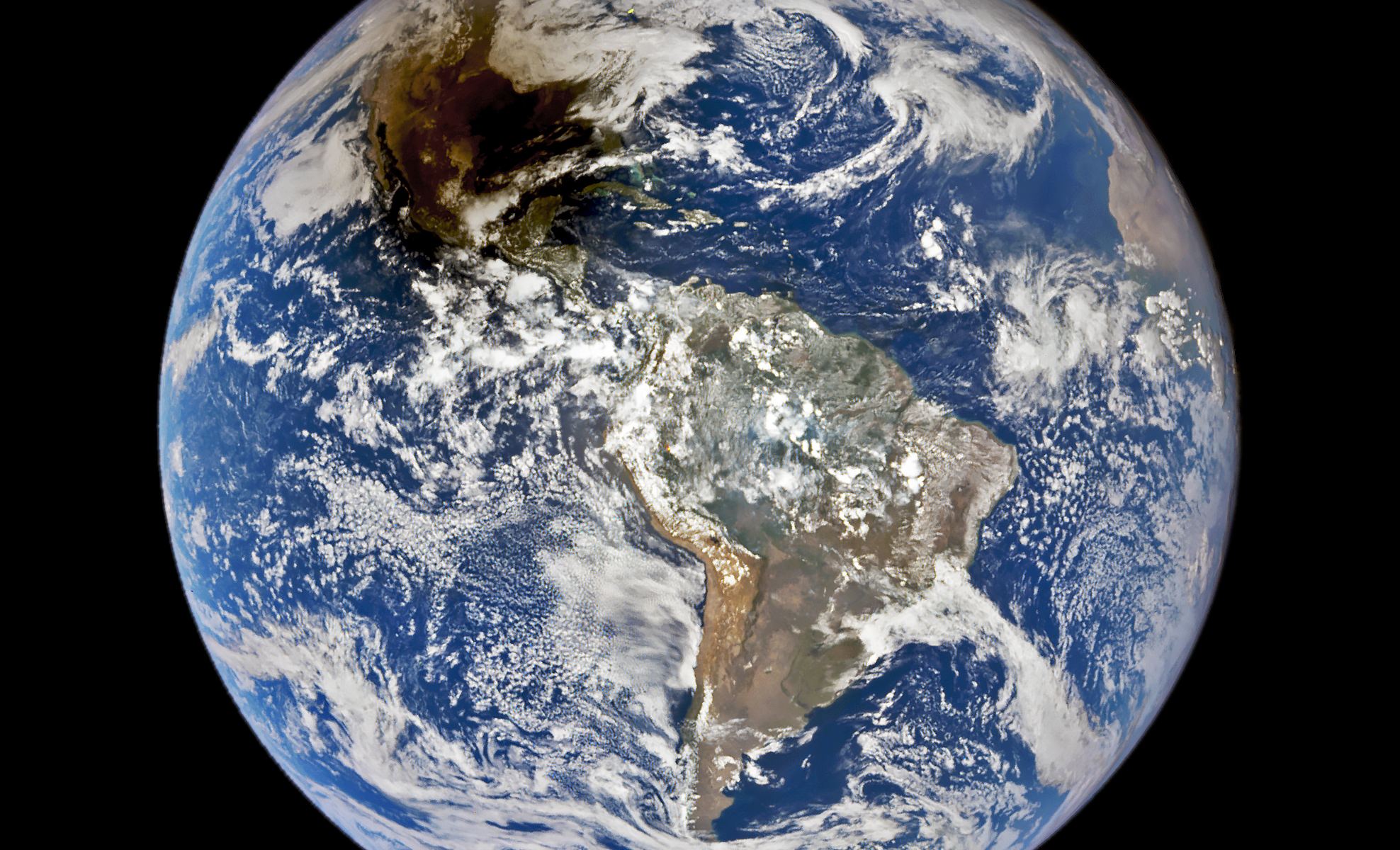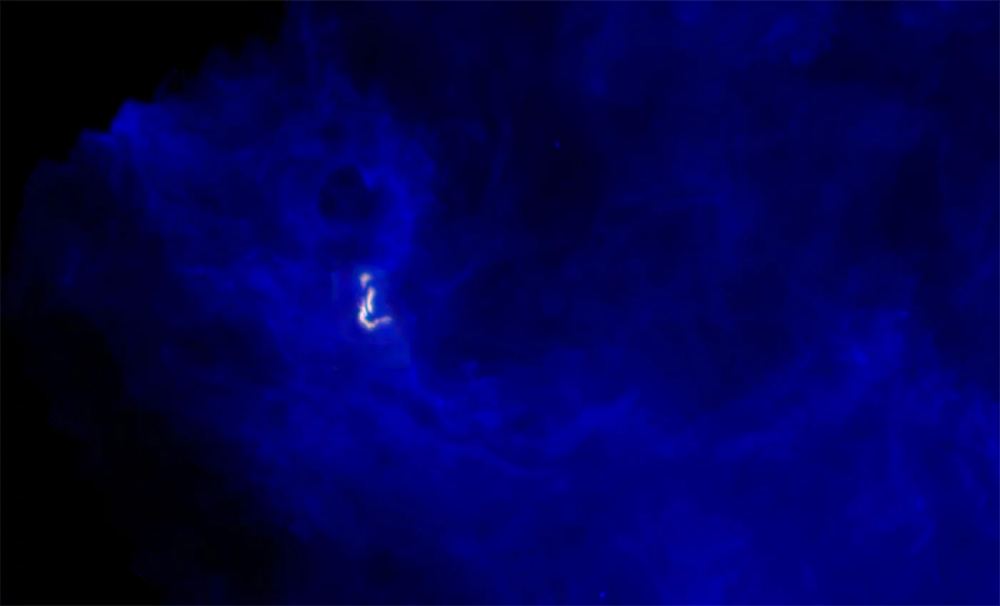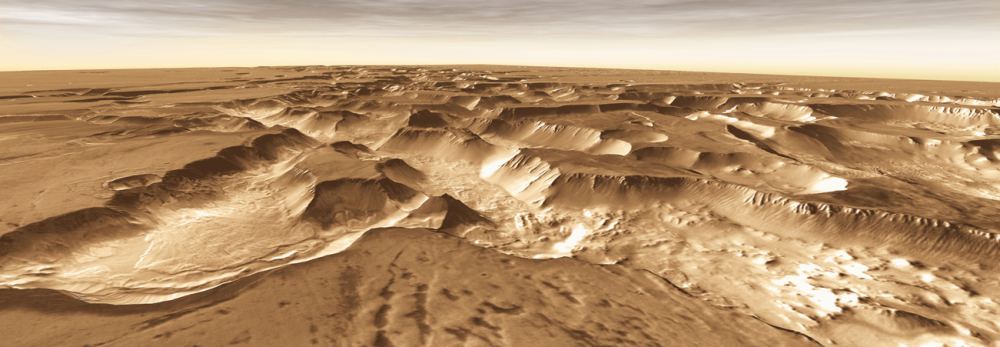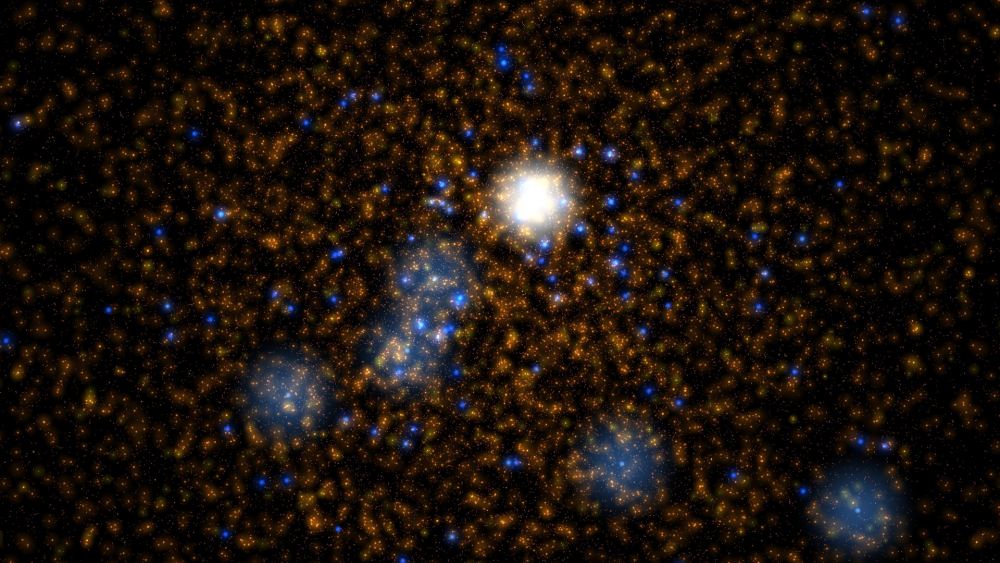Lucy’s images of asteroid Dinkinesh are the gift that keeps on giving. First, it was the discovery of a smaller companion. Now, it turns out that the companion itself is a contact binary. That’s two smaller objects touching each other as they orbit with Dinkinesh. So, how did they get that way?
Continue reading “What? Wow! That New Asteroid Image from Lucy Just Got Even More Interesting”What? Wow! That New Asteroid Image from Lucy Just Got Even More Interesting
